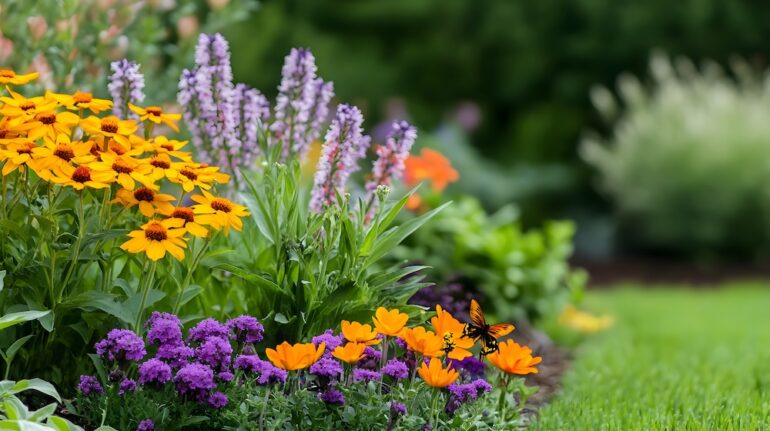You bought flowering plants known for their luscious blooms for your garden or flowerpots. After placing them, watering them, and tending them, the flowers you saw at the nursery have fallen off, seeming never to return. What’s going on?
Factors beyond your control
Some issues affecting plant blooming are simply beyond your control. For bedding plants in particular, weather conditions play a significant role. Unusually hot or cold weather can inhibit blooming and the ability to thrive. Periods of drought or heavy rain may set plants back as well.
Another factor is the age of the flowering plant. Very young blooming plants may not produce flowers until they mature.
Fostering ideal conditions for flowering plants
There are several factors you can control to help your plants thrive and show their beautiful blooms:
- When purchasing, read the tag carefully, noting a plant’s blooming season, how much sun it needs, and how often it requires water.
- Learn what kind of soil the plant needs. Consult the nursery staff and purchase bagged soil and compost as suggested.
- Place plants where they will receive the necessary amount of sun. For those that need full sun many hours of the day, look for an open place away from shade. Plants needing partial sun should be placed where the sun shines directly for only part of the day.
- Take into account how the sun moves not only through each day, but also the change in its position over the year.
- Adjust your watering schedule, fine-tuning it according to the plant’s needs, both in frequency and quantity of water.
- Fertilize as needed. Sometimes, too much nitrogen can inhibit blooms. Sometimes, not enough will do the same. Learn your blooming plant’s specific nutritional needs.
- Improper pruning can affect blooming. Prune sparingly, only enough to help the plant increase its density of foliage, and prune just above branching nodes to ensure maximum growth.
Related – Growing a Meadow Garden


